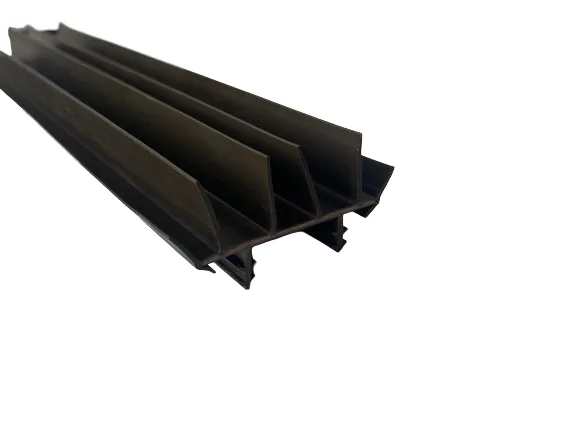Dek . 11, 2024 19:20 Back to list
installing garage door weather stripping
Installing Garage Door Weather Stripping A Comprehensive Guide
Garage doors play a vital role in the overall functionality and security of your home. They offer not just access to your garage but also help in keeping out the elements, pests, and debris. One essential feature that ensures your garage remains insulated and protected is weather stripping. Installing garage door weather stripping is a straightforward DIY task that can significantly enhance the efficiency of your garage. In this article, we'll guide you through the steps of installing weather stripping, the types available, and the benefits it provides.
Understanding Weather Stripping
Weather stripping refers to any material applied to the edges of a door or window to seal gaps and prevent air, water, and dust infiltration. In the context of garage doors, it can help maintain a stable temperature inside your garage, thereby protecting items stored there and improving energy efficiency in your home.
Types of Weather Stripping
Before diving into the installation process, it's important to choose the right type of weather stripping for your garage door. Here are common types
1. Rubber Weather Stripping This is a popular choice due to its durability and flexibility. It can conform to the shape of the door, providing a tight seal.
2. Vinyl Weather Stripping Similar to rubber, vinyl is also a strong and weather-resistant option. It’s less flexible but often more affordable.
3. Foam Weather Stripping This is usually adhesive-backed and easy to install. While it provides good insulation, it may not last as long as rubber or vinyl.
4. Aluminum or Steel Threshold Strips These are used at the bottom of the garage door and are designed to create a barrier against water and debris.
5. T Strip and P Strip These types are commonly used for gaps on garage doors. They provide flexible sealing to protect against drafts.
Tools and Materials Needed
Before starting the installation, gather the following tools and materials
- Weather stripping material of choice - Measuring tape - Scissors or a utility knife - Hammer and nails (if applicable) - Adhesive or adhesive backing (if needed) - Cleaning supplies to prepare the surface
installing garage door weather stripping

Installation Steps
1. Measure the Gaps Start by measuring the length of your garage door and the gaps where you will install the weather stripping. Make sure to measure both the sides and the bottom of the door accurately.
2. Choose the Right Weather Stripping Select weather stripping that matches your measured dimensions and is appropriate for your garage door’s material.
3. Prepare the Surface Clean the area where you will apply the weather stripping. Remove any old weather stripping, paint, or debris to ensure a proper seal. A clean surface allows for better adhesion and longevity.
4. Cut the Weather Stripping Cut the weather stripping to the required lengths for each side and the bottom of the garage door. Always cut slightly longer than needed to ensure complete coverage.
5. Install the Weather Stripping - For adhesive-backed options, peel off the backing and press the weather stripping firmly into place along the edges of the door frame. - For rubber or vinyl strips, you may need to nail them or use screws to secure them in place. - If you’re installing threshold strips, align them neatly with the door and secure them with screws or adhesive as instructed.
6. Check the Seal After installation, close the garage door and check for gaps. You should not see daylight through the edges. If you do, adjust the weather stripping accordingly.
7. Maintain Regularly Weather stripping can wear out over time due to exposure to the elements, so check it periodically. Replace or repair any damaged sections to ensure maximum protection.
Benefits of Garage Door Weather Stripping
Installing weather stripping on your garage door provides numerous benefits, including
- Energy Efficiency Reduces heating and cooling costs by preventing drafts. - Protection from Pests Keeps insects and small rodents out of your garage. - Water Resistance Protects against water leaks and pooling, preventing potential damage to your garage and belongings. - Noise Reduction Improves sound insulation, making your garage a quieter space.
Conclusion
Installing garage door weather stripping is a simple yet effective way to enhance your garage's functionality and efficiency. With just a few tools and materials, you can achieve a snug fit that not only saves energy but also protects your belongings. By following the steps outlined in this guide, you'll ensure a more comfortable and secure environment in your garage. Take the time to invest in this essential aspect of your home’s maintenance, and enjoy the benefits it brings!




